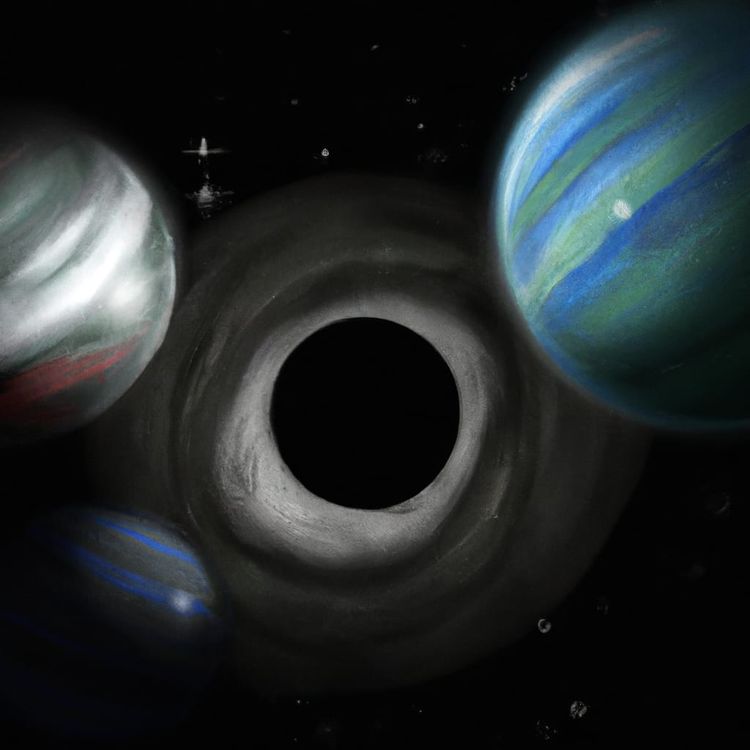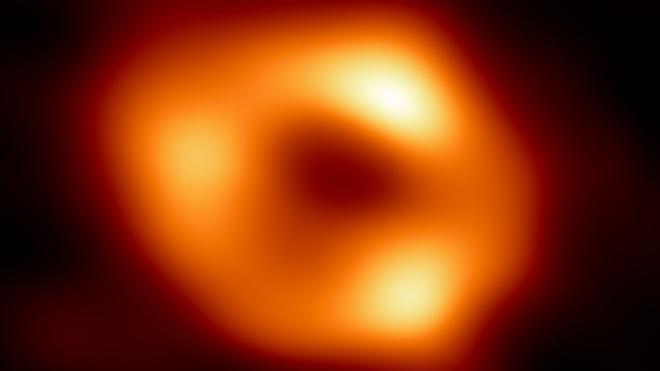A New Era of Space Exploration: 2022 Recap

Deflecting an asteroid: The Double Asteroid Redirection Test (DART) mission
Imagine a giant asteroid hurtling towards our planet, with the potential to cause mass destruction and wipe out entire civilizations. While this may sound like the plot of a science fiction movie, the threat of asteroid impacts is a very real concern for scientists and researchers. But in 2022, a groundbreaking mission aimed to change that.
The Double Asteroid Redirection Test (DART) mission was a historic attempt to deflect an asteroid by crashing a spacecraft into it. The target of the mission was the asteroid Dimorphos, a small moonlet that orbits a larger asteroid named Didymos. In September of 2022, the DART spacecraft successfully impacted the asteroid, altering its course by a small but measurable amount.
This mission marked the first time that a spacecraft has been used to deflect an asteroid, and it demonstrated the potential of asteroid deflection technology to protect our planet from potential asteroid impacts. As the mission's principal investigator said, "DART is a critical step in demonstrating we can protect our planet from a future asteroid impact."
It is not only a step forward for the humanity but also a way for the readers to connect with the blog as it is something that is relatable and easy to understand.
The James Webb Space Telescope: A Game Changer in Astronomy
2022 was a year of many groundbreaking discoveries and achievements in space, but one of the most exciting events of the year was the launch and successful deployment of the James Webb Space Telescope (JWST). This extraordinary telescope has fundamentally changed our understanding of some areas in astronomy within just a few months of operation.
But what makes JWST so special? The telescope was designed to observe the universe in infrared light, which allows it to see through clouds of dust and gas that would otherwise obscure our view of distant objects. This allows JWST to capture images of some of the most distant and ancient objects in the universe.
pillars of creation, by james web
One of the most impressive images captured by JWST is of the Carina Nebula, which shows the orange clouds of gas and dust being shaped into magnificent cliffs by the stars.
But my personal favorite has to be this image of a star being born. At the center of this beautiful hourglass is a hot clump of gas that is in the process of forming a new star. It is just one hundred thousand years old and for comparison, our sun is around four and a half billion years old.

JWST also captured images of other planets in our solar system, including Neptune and Jupiter, revealing their beautiful rings.
Jupiter and Neptune may not be as well-known for their rings as Saturn, but they definitely have some bling of their own! These two giants have rings made mostly of dust, which doesn't reflect light as well as ice. That's why their rings are a bit harder to spot, and it's also why they were the last two planetary ring systems to be discovered in our solar system. But just because they're not as shiny, doesn't mean they're not worth checking out!
The telescope's capabilities are not limited to our own solar system, as it also captured an image of a galactic pileup known as Pandora's cluster. Nearly everything you see in this image is a galaxy as massive and intricate as our very own Milky Way.
The JWST has only been in operation for a few months, but it has already made a huge impact in the field of astronomy. With its powerful imaging capabilities, the JWST will continue to provide us with new insights into the universe for years to come.
Peering into the Abyss: The First Image of a Black Hole
It's hard to overstate just how incredible it is that we were able to capture an image of a black hole. These mysterious entities are so incredibly dense and have such intense gravity that not even light can escape them. But in May of 2022, a team of scientists accomplished the impossible and captured the first-ever image of a black hole, specifically Sagittarius A*, which lies 27,000 light years away from Earth.

Now, I know what you might be thinking, "it just looks like a little orange blob!" But trust me, this little orange blob is so much more than meets the eye. In order to capture this image, the team linked together eight radio observatories across the planet to form a single, Earth-sized telescope. They then pointed all of these telescopes towards Sag A* and imaged it in unison for multiple nights in a row. After hours of tedious data processing, they were able to create the first-ever image of a black hole, confirming its existence.
It's easy to take for granted just how massive and far away Sag A* is from us. To put it in perspective, if it were 27,000 light years closer to Earth, earth would appear to be about the same size in the sky as a donut on the Moon! Can you even imagine trying to take a picture of a donut on the Moon? It's mind-blowing to think about the technology and dedication it took to make this image possible.
This groundbreaking achievement not only confirms the existence of black holes but also provides us with a glimpse into the immense power and gravity of these mysterious entities. With further research, we may be able to uncover even more secrets about the universe and our place in it. So, the next time you look up at the night sky, remember that thanks to the hard work and dedication of scientists in 2022, we now have a window into one of the most mysterious and fascinating aspects of the universe.
TLDR;
2022 was a monumental year for space exploration and discovery. From capturing the first-ever image of a black hole to launching the revolutionary James Webb Space Telescope, we've made incredible strides in our understanding of the universe.
In Conclusion...
2022 was a monumental year for space exploration and discovery. From capturing the first-ever image of a black hole to launching the revolutionary James Webb Space Telescope, we've made incredible strides in our understanding of the universe. The discoveries and achievements of this past year have opened up a whole new world of possibilities for future research and exploration.
The year 2022 has been a remarkable achievement in space and it's just the beginning. We hope that you've enjoyed this journey through the highlights of the year and that you'll continue to follow our blog for more updates and information on the latest space discoveries.
Don't forget to follow us on Instagram at @_nitd27_ for more 🔥🗿👀 space-related content and updates on our upcoming projects!
Post a Comment